Pentagon’s AI Drone Program Faces Major Setbacks, Gets Organizational Overhaul

Amazon Drone Deals: DJI Mini 5 Pro Fly More Combo with DJI RC2 now for $1,099!
The Pentagon’s ambitious Replicator Program—designed to deploy thousands of AI-enabled drones against China in a potential Taiwan conflict—has fallen significantly behind schedule due to widespread technical failures and procurement missteps. The Wall Street Journal reported September 26 that the troubled program has been transferred to a new Defense Autonomous Warfare Group (DAWG) in a bid to accelerate progress before a critical 2027 deadline.
The setbacks reveal major challenges in scaling autonomous drone technology for military applications, with implications extending far beyond defense circles into the broader unmanned systems industry.
Technical Failures Expose Reliability Issues
Multiple drone systems selected for the Replicator Program have repeatedly failed during testing phases, according to the WSJ report. A BlackSea Technologies unmanned boat went adrift due to steering failure, while an Anduril Industries drone launch was delayed by technical problems. Perhaps most concerning, target-recognition software on uncrewed boats failed during military drills.
These failures highlight the gap between prototype demonstrations and battlefield-ready systems. The Pentagon discovered some limitations only after procurement, including BlackSea’s reconnaissance craft lacking the long-range capabilities essential for Pacific operations.
Software Integration Proves Major Hurdle
The program’s core challenge involves networking diverse drone systems from multiple manufacturers into coordinated autonomous fleets. Despite this being a central requirement, the Pentagon has yet to identify reliable AI battle command software capable of managing multi-vendor systems effectively.
This interoperability crisis reflects broader industry struggles with standardizing autonomous vehicle communications and control protocols—issues that civilian drone operators and developers face daily.
Organizational Reset Targets 2027 Deadline
Responsibility for Replicator has shifted from former Deputy Secretary of Defense Kathleen Hicks’ team to DAWG, led by Lt. Gen. Francis Donovan from U.S. Special Operations Command. The new organization has an aggressive two-year mandate to deliver operational prototypes, driven by intelligence assessments identifying 2027 as a potential timeline for Chinese action regarding Taiwan.
The program originally launched in 2023 with goals of rapidly acquiring “attritable,” low-cost drones for sea, land, and air warfare. The strategy aimed to overwhelm China’s larger missile and naval forces through affordable swarm systems, but cost inflation has undermined the “quantity over quality” approach.
Industry Implications for Autonomous Systems
The Replicator struggles illuminate broader challenges facing the autonomous systems industry. Of approximately a dozen systems considered, three were still in development phases when selected—highlighting pressure to move from concept to deployment without adequate testing.
However, defense analysts note that despite its flaws, Replicator has established procurement pipelines for autonomous systems that could streamline future weapon development cycles.
DroneXL’s Take
The Replicator Program’s troubles offer sobering lessons for anyone developing or deploying autonomous drone systems. The military’s experience with multi-vendor integration, AI reliability, and scaling challenges mirrors obstacles facing commercial drone operators today.
While the Pentagon’s 2027 timeline seems optimistic given current setbacks, the program’s evolution under DAWG could accelerate breakthrough solutions in autonomous swarm coordination and AI battle management—technologies with obvious civilian applications.
What aspects of military autonomous drone development do you think will most impact the commercial drone industry? Share your thoughts in the comments below.
Discover more from DroneXL.co
Subscribe to get the latest posts sent to your email.
Check out our Classic Line of T-Shirts, Polos, Hoodies and more in our new store today!

MAKE YOUR VOICE HEARD
Proposed legislation threatens your ability to use drones for fun, work, and safety. The Drone Advocacy Alliance is fighting to ensure your voice is heard in these critical policy discussions.Join us and tell your elected officials to protect your right to fly.
Get your Part 107 Certificate
Pass the Part 107 test and take to the skies with the Pilot Institute. We have helped thousands of people become airplane and commercial drone pilots. Our courses are designed by industry experts to help you pass FAA tests and achieve your dreams.

Copyright © DroneXL.co 2025. All rights reserved. The content, images, and intellectual property on this website are protected by copyright law. Reproduction or distribution of any material without prior written permission from DroneXL.co is strictly prohibited. For permissions and inquiries, please contact us first. DroneXL.co is a proud partner of the Drone Advocacy Alliance. Be sure to check out DroneXL's sister site, EVXL.co, for all the latest news on electric vehicles.
FTC: DroneXL.co is an Amazon Associate and uses affiliate links that can generate income from qualifying purchases. We do not sell, share, rent out, or spam your email.




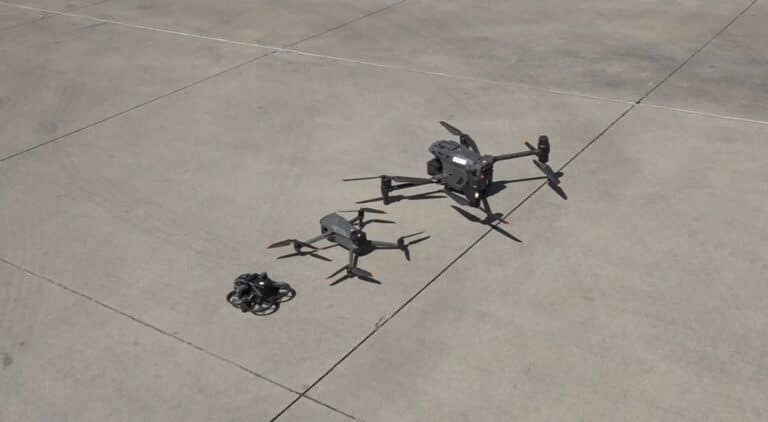

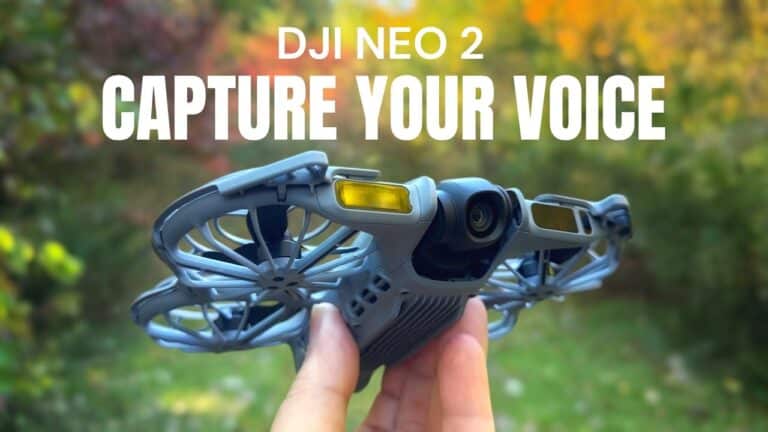
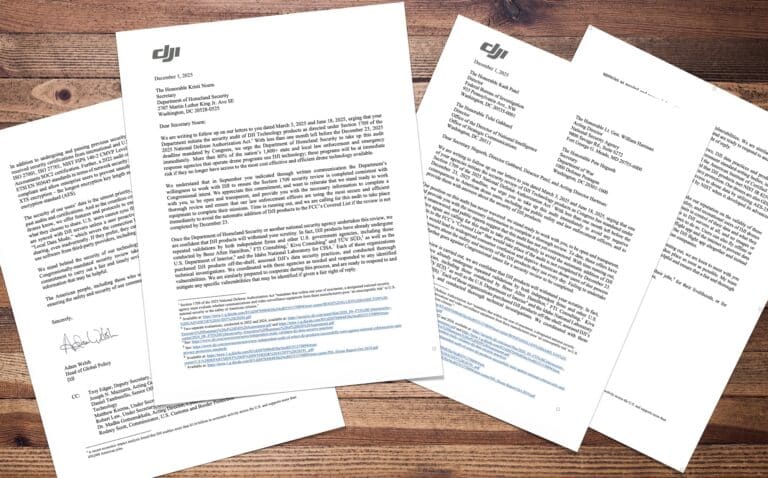
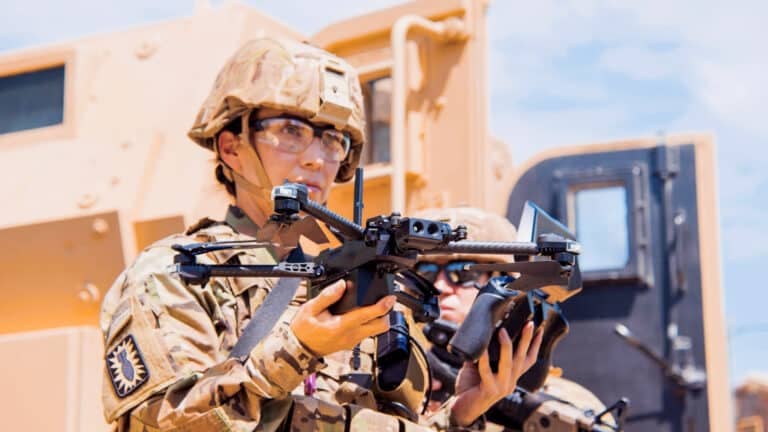
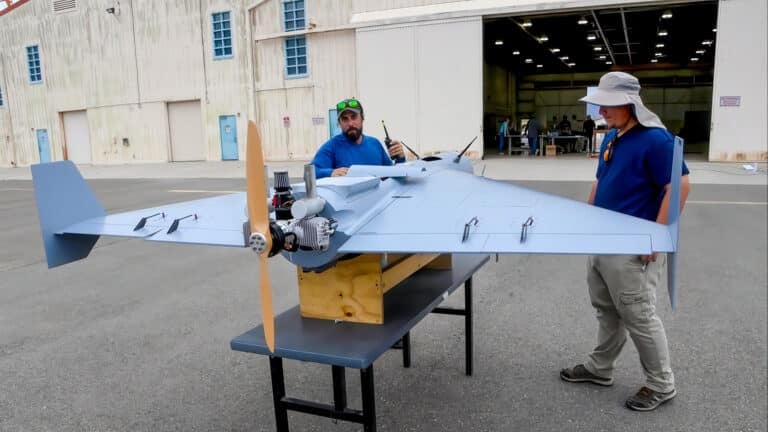


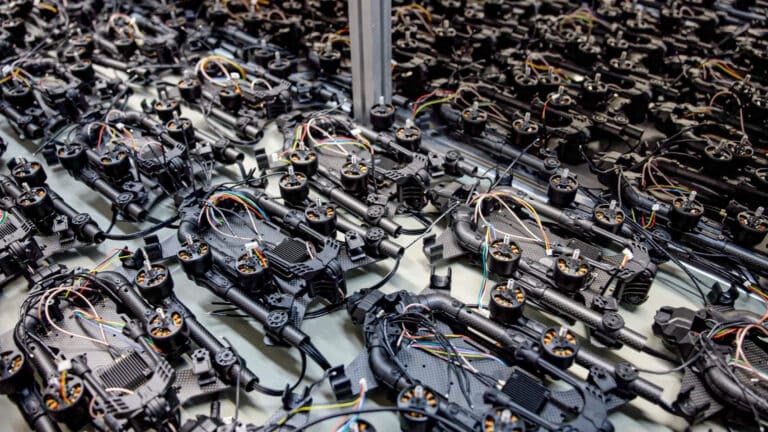


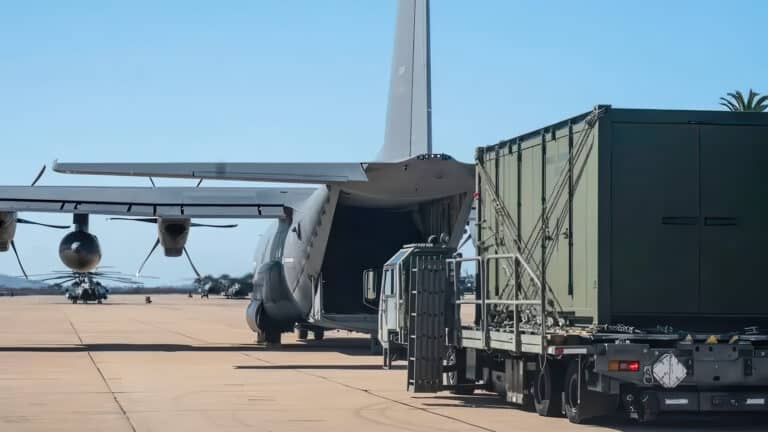

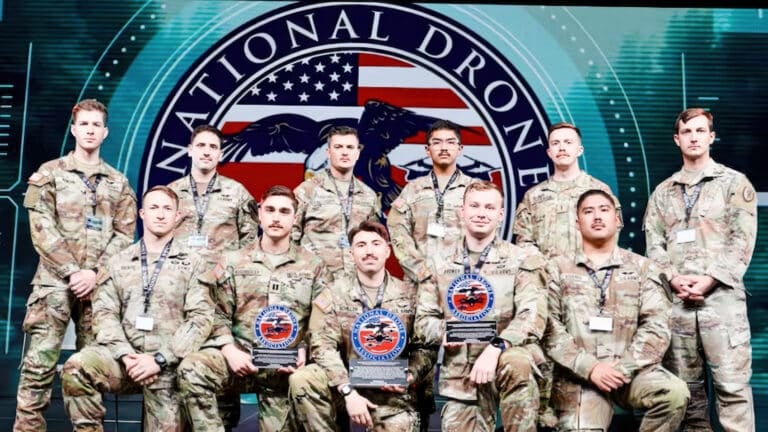
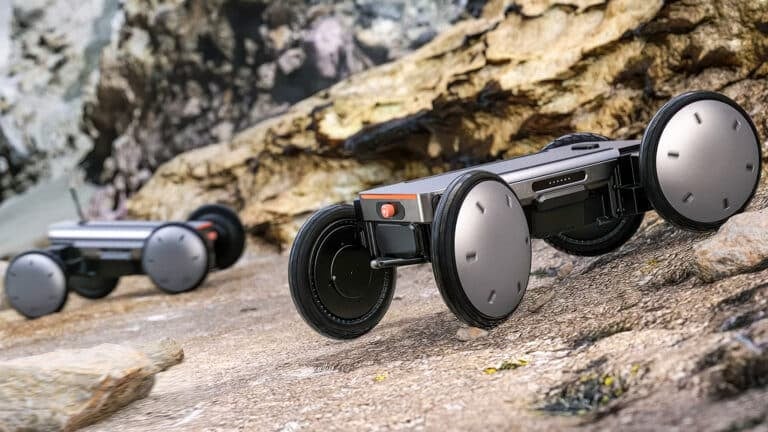
The sad part of this is that the government fell for Skydios’s self-aggrandizing, kill the competitor they couldn’t beat tactics of promoting anti-China drone legislation against DJI. Where the irony comes in is that DJI would have been more than capable of leveraging this technology into an AI- driven drone platform, and formulated a plan to use U.S. sourced peripherals and have the encrypted data directly sent to dedicated USG servers.